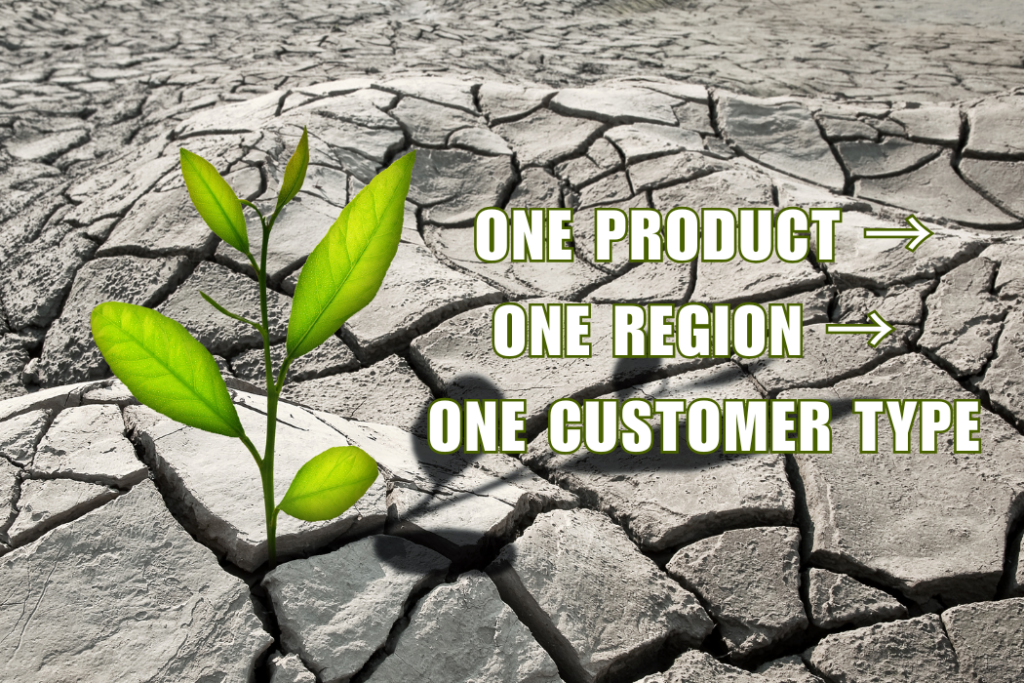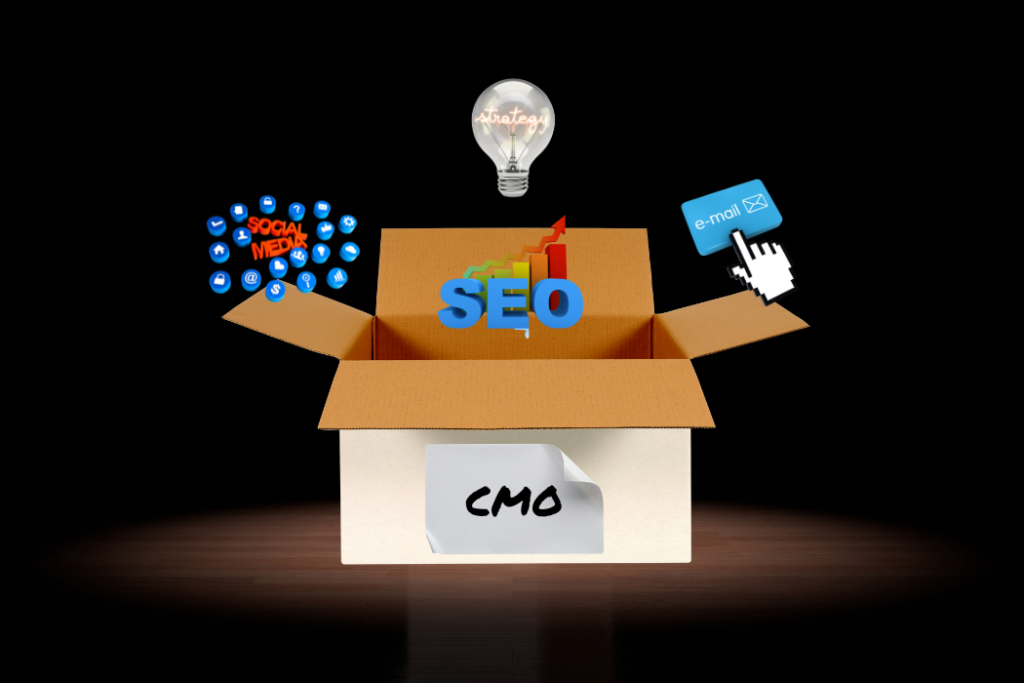
A collaborative partnership between sales and marketing is critical to the growth of any business, especially in today’s unforgiving market. Advances in Martech, and an associated increase in data, have made the traditional segmented sales and marketing paradigm obsolete. Even still, many businesses have not yet adapted, leading to fruitless—even adversarial—relationships between the two agencies.
Success means ensuring greater alignment and collaboration between sales and marketing with both groups needing to operate in an integrated, and digitally enabled, fashion to manage the sales funnel. It requires a partnership focused on joint accountability focused on revenue growth. It is time to move beyond misunderstanding and mistrust between the two groups, which leads to unproductive adversarial relationships focused on fighting for credit over who is driving sales and revenue for a company.
Sales does not just build relationships and get customers to buy. Sales guides the buying process and plays a critical role in discovering customer needs, trade, and channel development, and leveraging a data driven, solution-oriented approach to help customers solve problems.
Marketing is not just about advertising, packaging or design, and sales enablement. Marketing plays the critical role in understanding the market, including customers and competitors. Marketing aims to build demand as it uncovers customer insights, employs digital tools to reach the best potential buyers, and manages the customer experience across all key touchpoints.
So how do you get there, especially in these challenging times, where framing and activating a growth roadmap for your company is critical if you want to not just survive but thrive. We believe there are key steps that you need to take to get there and you can make these first steps in 100 days.
We call this 3-step approach The Marketing and Sales Accelerator:
1. Identify opportunities—Assess the three C’s (Customer, Competitors, Context) to uncover new insights and identify market opportunities. Define your customers. Understand the buying process and sales funnel. Then, prioritize customer segments based on size and potential, fit with the company brand, degree of ease in reaching and converting them, investment required, and potential for above average growth.
2. Integrate the marketing and sales plan—Frame an integrated go-to market strategy and narrative that is digitally enabled and grounded in the reality of what it will take to be successful against the identified opportunities. This requires taking a hard look at your current marketing and sales capabilities and identifying areas of strength/differentiation, level of integration/coordination, data available and gaps that need to be addressed to attack the identified market opportunities in a coordinated and efficient fashion.
3. Execute, measure, and control—Establish clear success metrics, commit to an iterative, data driven go-to market approach that drives continuous learning and improvement. And importantly, you need to align marketing and sales compensation around sales and revenue growth. While that is usually the case for sales, marketing also needs to have skin in the game and have joint accountability for achieving the revenue goals of the firm. The only way you can be successful is to have marketing and sales fully aligned around data, goals and rewards.
Through an “agile-like” process leveraging three sprints associated with the above steps, existing company/market data and knowledge resident in the organization, businesses can make critical decisions and develop the high-level plan necessary to build an integrated and more effective marketing and sales strategy.













